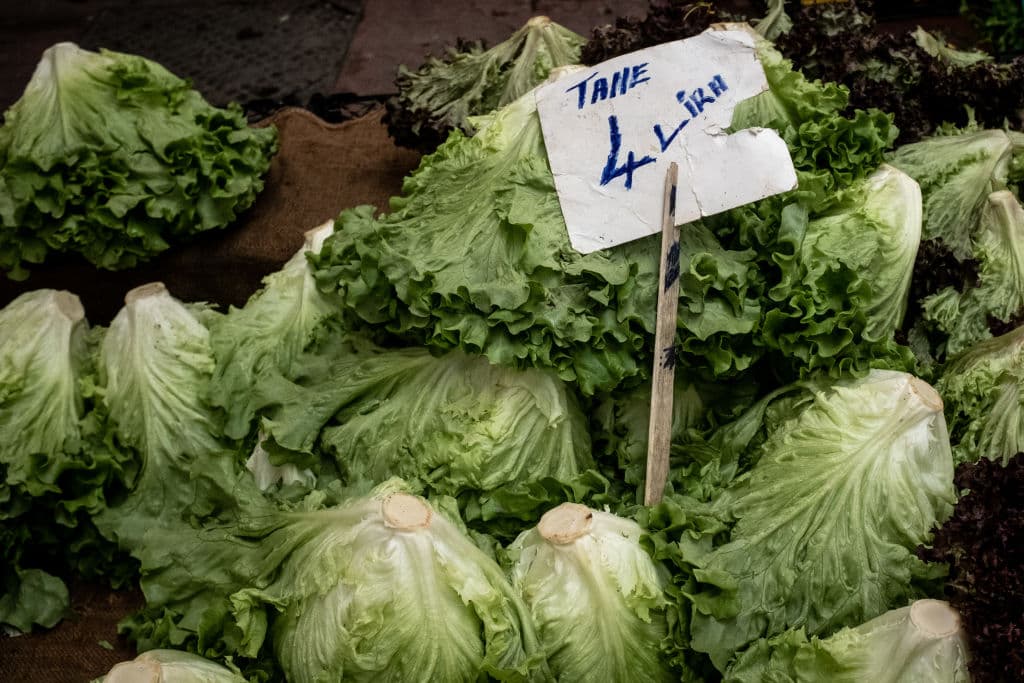Scientists Create a New Kind of Lettuce With 30 Times More Nutrients
The enhanced beta-carotene are not just higher in quantity but also more bioaccessible.

In a potentially groundbreaking advancement for nutritional science, researchers in Spain have genetically engineered a new variety of lettuce boasting significantly increased levels of nutrients.
Dubbed “Golden Lettuce” due to its striking yellow color, the new vegetable contains up to 30 times more beta-carotene than its conventional green counterpart. The enhanced beta-carotene levels are not just higher in quantity but also more bioaccessible, meaning the human digestive system can extract the antioxidants more efficiently.
Lettuce often takes a back seat in the world of vegetables, mainly serving as a filler in sandwiches, wraps, and stews to enhance nutrient intake while keeping costs low. This new development aims to make lettuce a primary source of essential vitamins.
The team at the Research Institute for Plant Molecular and Cellular Biology has successfully boosted the levels of beta-carotene, an antioxidant crucial for the production of vitamin A, New Atlas reports.
Vitamin A plays a significant role in maintaining healthy vision, immune function, and cell growth. It’s also believed to offer protective benefits against conditions like Alzheimer’s, heart disease, and certain cancers.
Typically, beta-carotene is found abundantly in orange-colored vegetables such as carrots, pumpkins, and sweet potatoes. This newly engineered lettuce follows the same trend, its yellow hue hinting at its high beta-carotene content.
“Our work has successfully produced and accumulated beta-carotene in cellular compartments where it is not normally found by combining biotechnological techniques and treatments with high light intensity,” the lead author of the study, Manual Rodríguez Concepción, said, New Atlas reported.
Achieving this increase was no simple task. Beta-carotene is usually produced in chloroplasts, the structures in plant cells responsible for photosynthesis. However, excessive beta-carotene can impede a plant’s ability to harness energy from sunlight. The research team tackled this challenge by relocating the antioxidant to different parts of the plant cells.

